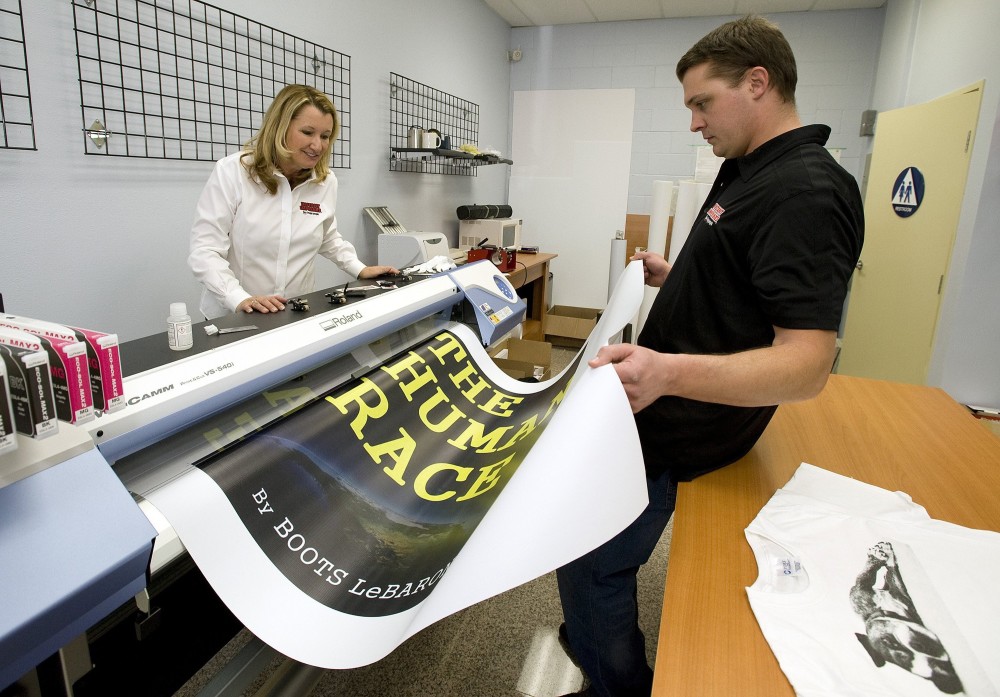By Laurie Joseph and Melissa Repko
The Dallas Morning News
WWR Article Summary (tl;dr) In the U.S., new entrepreneurs are split almost evenly across age groups, but older adults have become a fast-growing segment. On the other hand, the rate of 20- and 30-somethings becoming entrepreneurs is declining. In other words, baby boomers are starting new ventures at a higher rate than millennials.
The Dallas Morning News
Who are today’s up-and-coming entrepreneurs? That answer is very different than it was 20 years ago.
Most new entrepreneurs are still white and male, but the U.S. entrepreneurial population is becoming much more diverse in terms of age, race and region.
Cities in the southern half of the U.S., such as Los Angeles, Miami and Austin, have become hotbeds for startups and small businesses.
Grayer and wiser
In the U.S., new entrepreneurs are split almost evenly across age groups, but older adults have become a fast-growing segment. On the other hand, the rate of 20- and 30-somethings becoming entrepreneurs is declining.
In other words, baby boomers are starting new ventures at a higher rate than millennials.
“We have a lot of students from India, from China, from Southeast Asia, from the Middle East, and they make up a signi?cant portion of our entrepreneurship body here. … My biggest observation has been: The more diverse set of skills and experiences you have, the more open you are to solving problems in innovative and different ways.”
— Olia Bosovik, assistant director of the Venture Development Center at UT Dallas
Latinos leap forward
Most new entrepreneurs in the U.S. are white, but there’s more of a mix than in the past. Latinos have had the highest rate of new entrepreneurs, probably in part because of their population growth.
From 2000 to 2014, Latinos accounted for more than half of the U.S. population growth, according to the Pew Research Center.
“There’s a new map of entrepreneurship in the United States. San Francisco and San Jose still do extremely well, especially among growth entrepreneurship and venture capital, but you see this uptick of entrepreneurship spreading to other parts of the nation.”
— Arnobio Morelix, entrepreneurship researcher and program officer at the Kauffman Foundation
Crossing borders
From Elon Musk to Peter Thiel, some of the country’s most famous entrepreneurs are immigrants. Immigrant entrepreneurs now make up about 30 percent of all new entrepreneurs — a nearly two-decade high, according to the Kauffman Foundation. That’s up from 13.1 percent in 1996. Immigrants are almost twice as likely as their American-born peers to become entrepreneurs.
“New entrepreneurs increasingly re?ect the country’s diversity. However, the Kauffman Foundation has reported that some new entrepreneurs face more challenges than others.
For example, black and Latino entrepreneurs are more likely to start their businesses out of necessity. They also tend to struggle more when trying to raise money and scale up.”
— Melissa Repko, staff writer, The Dallas Morning News
Beyond the coasts
Texas and a handful of Southwestern states have become popular homes for new entrepreneurs and new ventures, according to the Kauffman Foundation’s startup activity index.
The index scores states and metro areas based on three metrics: the rate of new entrepreneurs, the density of startups in the area and the percentage of new entrepreneurs driven primarily by opportunity rather than necessity.
In Texas, 400 out of every 100,000 adults became entrepreneurs per month in 2016.
That’s higher than the average of 310 across the U.S. In Texas, about 8 of every 10 new entrepreneurs start a business out of opportunity rather than necessity.
SOURCE: The Kauffman Foundation














































































































































































































































































































































































